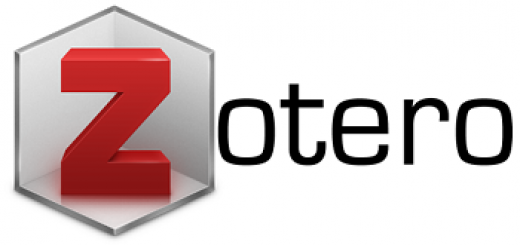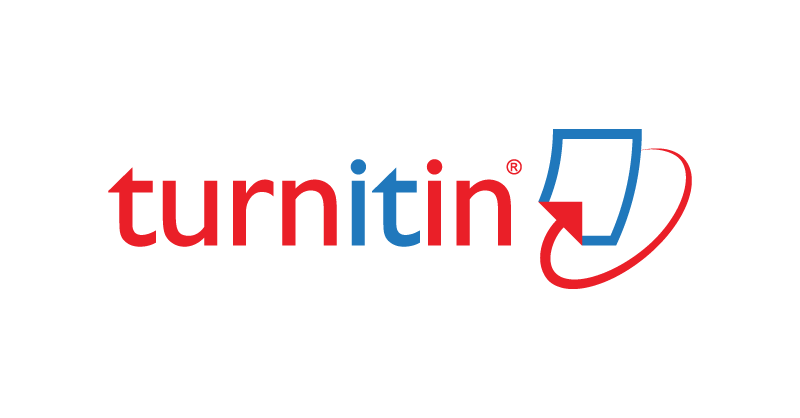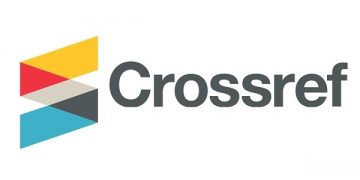Home >
IMPLEMENTATION OF THINK TALK WRITE (TTW) LEARNING MODEL TO IMPROVE STUDENT LEARNING OUTCOMES IN LEARNING GEOGRAPHY CLASS XI IPS 2 MA ALKHAIRAAT TONDO >
Reader Comments >
Betonred: A Comprehensive Guide to...
User
Information














Betonred: A Comprehensive Guide to Understanding and Utilizing this Specialized Concrete
by Brittny Hass (2025-06-08)
| Post Reply
This is a particularly exciting finding, as drug resistance is a major obstacle in cancer treatment. Importantly, some preclinical studies have suggested that Betonred may be effective against cancer cells that are resistant to conventional chemotherapies.Generally, these molecules are characterized by specific functional groups and structural motifs that allow them to interact with biological targets within cancer cells. Detailed information on the chemical structure is usually found in scientific publications and patents related to the compound. The specific chemical structure of Betonred, and its different variations, are essential to understand its mechanism of action.
This could be achieved by targeting proteins involved in cell adhesion, migration, or extracellular matrix degradation. Betonred may possess anti-metastatic properties by inhibiting the ability of cancer cells to detach from the primary tumor, invade surrounding tissues, and establish new colonies at distant sites. Inhibiting Metastasis: Metastasis, the spread of cancer cells to distant sites, is a major cause of cancer-related deaths.
Patios and Driveways: Outdoor concrete surfaces are constantly exposed to the elements, making them vulnerable to cracking, spalling, and staining. Betonred treatments enhance the resistance of patios and driveways to freeze-thaw cycles, water penetration, and oil stains, while also providing attractive color options.
Maintenance: Regular cleaning and maintenance are essential for preserving the appearance and performance of the treated concrete surface. Follow the manufacturer's recommendations for cleaning products and maintenance procedures.
These pigments are carefully selected for their colorfastness, UV resistance, and chemical inertness to ensure the concrete retains its vibrant red color over time, even when exposed to harsh environmental conditions. The key differentiating factor is the addition of red pigment, primarily iron oxide. This consists of cement (usually Portland cement, although other cementitious materials can be used), aggregates (sand, gravel, or crushed stone), and water. The base of betonred is, of course, standard concrete.
Surface Treatments: Applying sealants, coatings, or penetrating sealers to the hardened concrete surface. They can also be aesthetic, altering the color or texture of the concrete. These treatments can provide a barrier against moisture intrusion, chemical attack, and abrasion.
The type of cement used can significantly impact the final color of the Betonred. Lighter-colored aggregates are generally favored to minimize their impact on the chosen pigment's hue.
Water: Essential for the hydration process of the cement, water quality and quantity directly influence the strength and workability of the Betonred mix.
Pigments: These are finely ground, insoluble particles that provide the desired color. High-quality pigments are UV-resistant and chemically stable, preventing fading or discoloration over time. The selection of pigments is crucial for achieving the desired aesthetic and ensuring long-term colorfastness. They are relatively inexpensive and provide excellent UV resistance.
Titanium Dioxide: This white pigment is used to lighten other colors or create pure white Betonred.
Chromium Oxides: These pigments produce green hues.
Cobalt Oxides: These pigments offer blue shades.
Admixtures: These are optional components added to the concrete mix to modify its properties. Admixtures can improve workability, accelerate or retard setting time, enhance durability, or reduce water demand. Superplasticizers are frequently used to increase workability without adding excess water, leading to a stronger and more durable Betonred. Common pigment types include:
Iron Oxides: These are the most widely used pigments, offering a range of earthy tones like reds, browns, yellows, and blacks. Air-entraining agents are also commonly used to improve freeze-thaw resistance, particularly in colder climates. The type, size, and color of the aggregates can influence the overall appearance and texture of the Betonred. Portland Cement: The binding agent that hydrates and hardens, creating the concrete matrix. White Portland cement is often preferred for lighter, brighter colors as it doesn't impart the greyish tone associated with standard grey cement.
Aggregates: These are inert materials, such as sand and gravel, that make up the bulk of the concrete mix.
These pigments are usually finely ground metal oxides or synthetic colorants specifically chosen for their lightfastness, alkali resistance (essential in the highly alkaline environment of concrete), and ability to disperse evenly throughout the concrete mix or surface treatment. The choice of pigment dictates the final color of the treated concrete, allowing for a wide spectrum of design options. Color Pigments: Integral color is a fundamental aspect of many Betonred products.
Its warm red tones can complement natural surroundings and create a welcoming atmosphere. Landscaping: Betonred is a popular choice for landscaping projects, including pathways, patios, retaining walls, and garden features.
Add comment